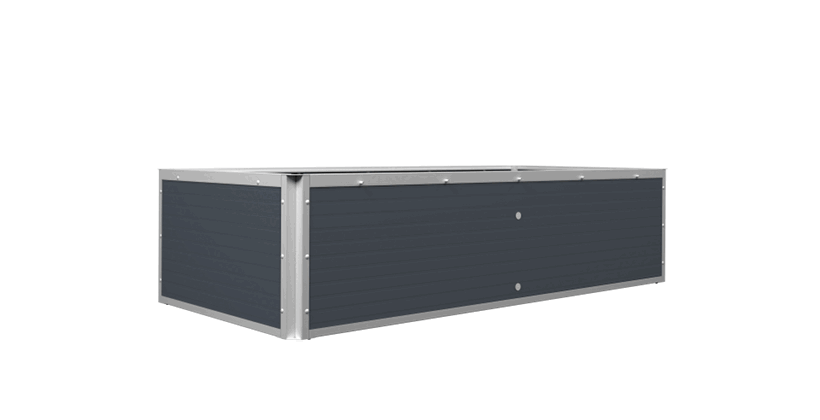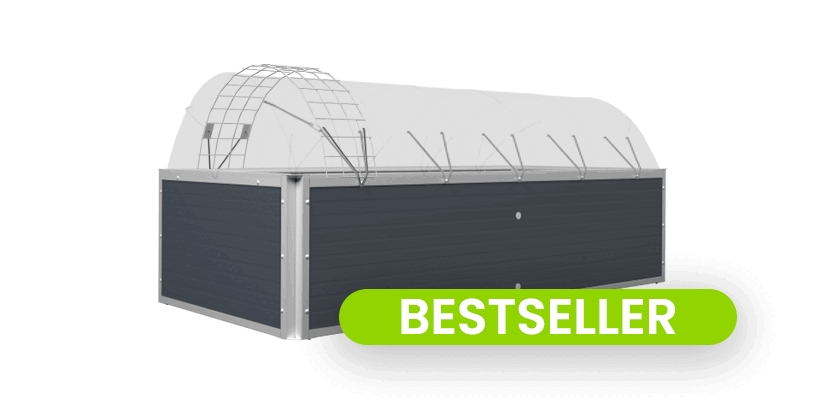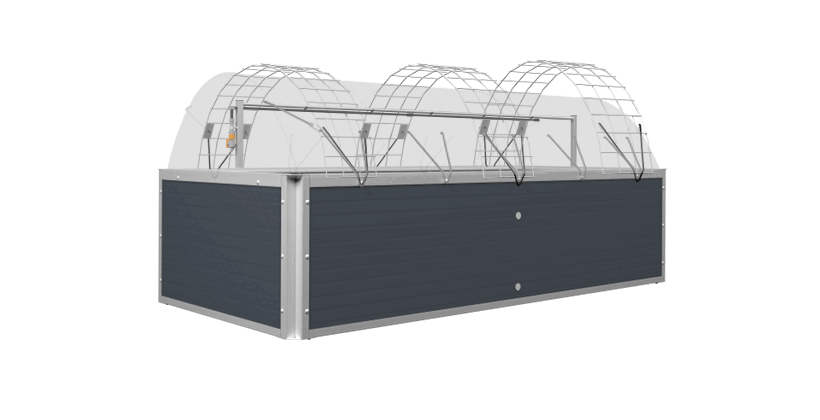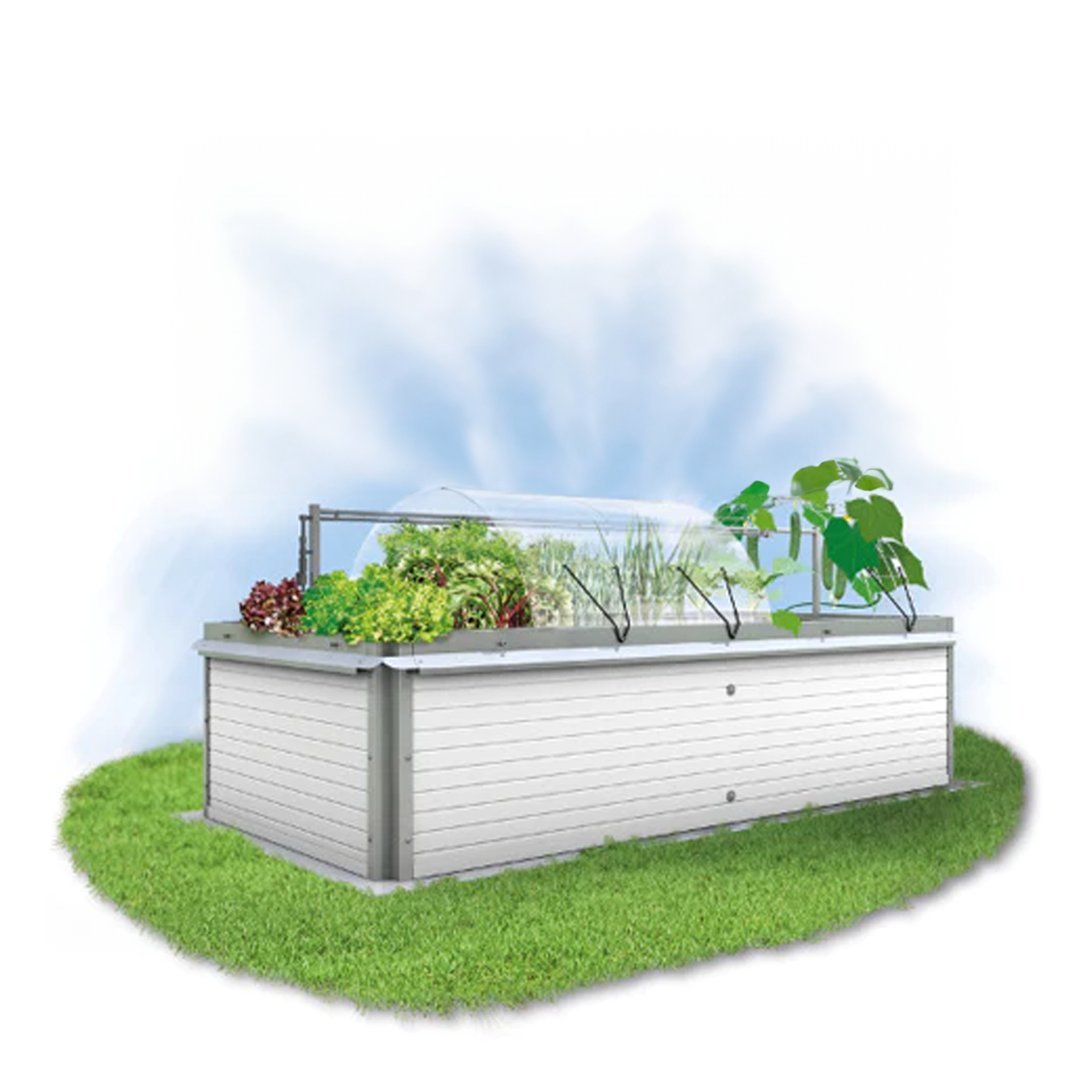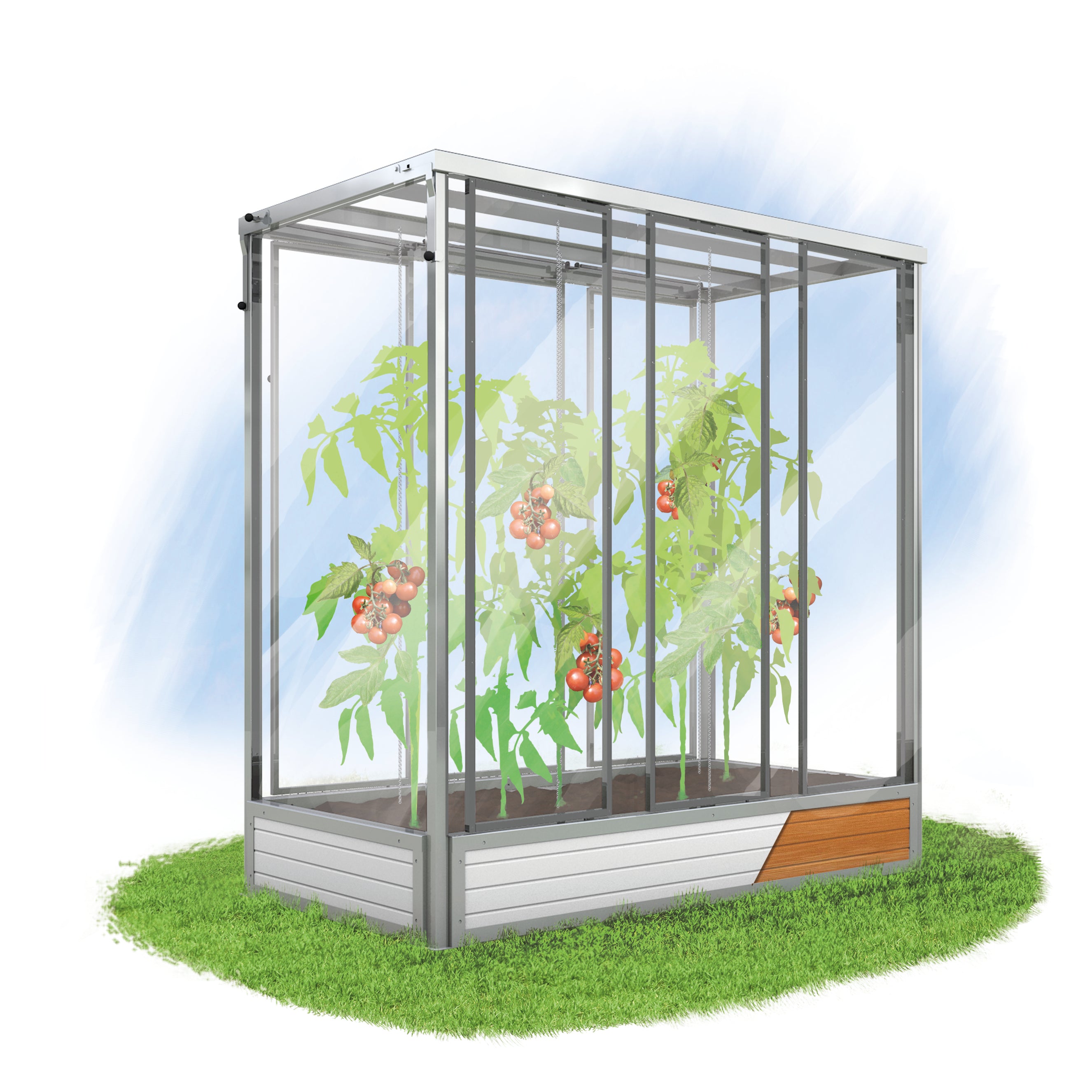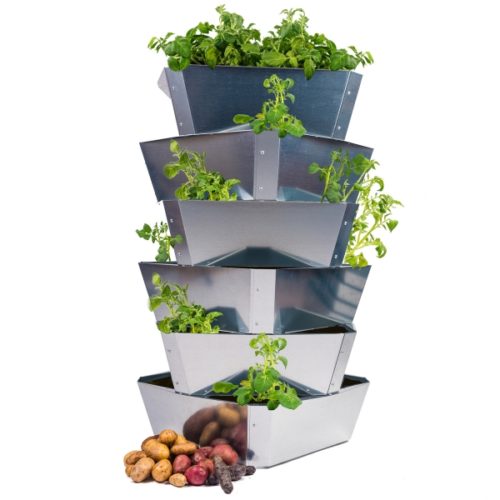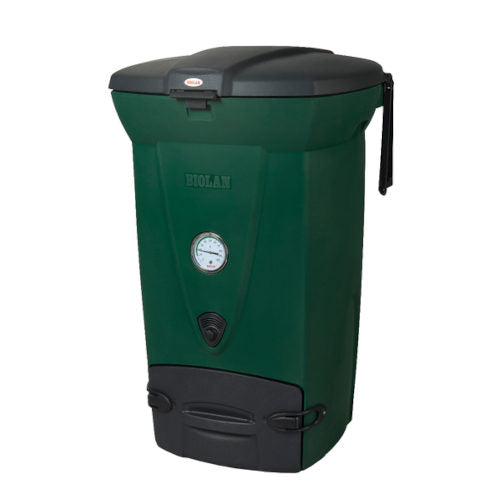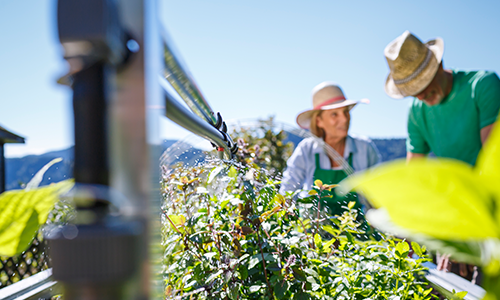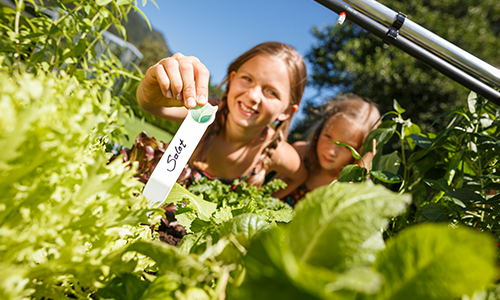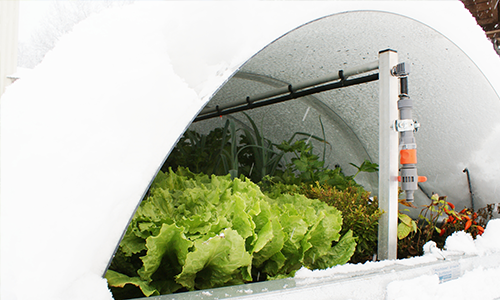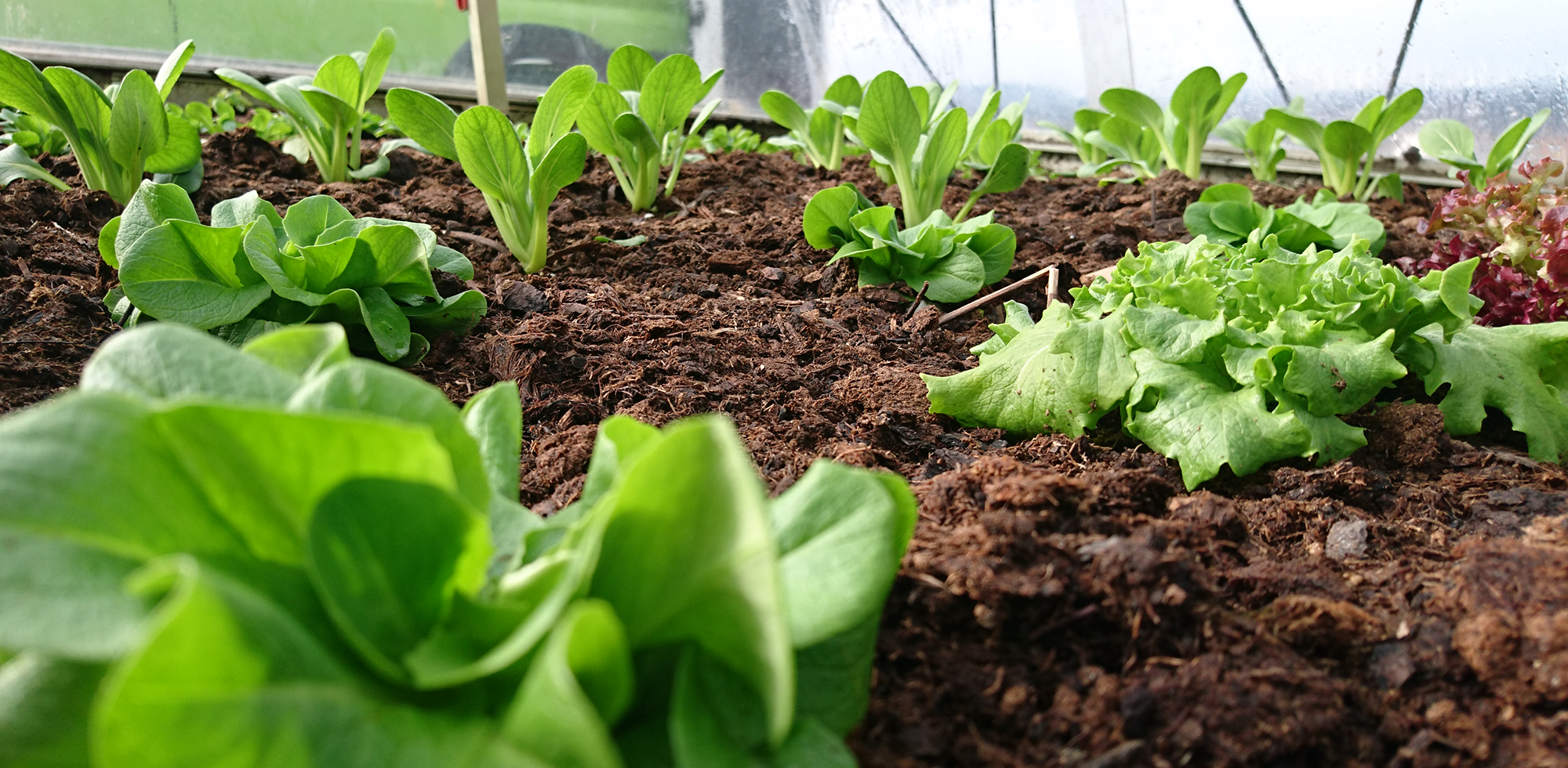Watering raised beds – what you need to know!
How much water does a raised bed need? What do you need to pay attention to when watering a raised bed? And what do I do with the raised bed if I'm not at home for a few days? We explain what is important for optimal raised bed watering and what you should avoid. Discover the best professional tips and build your own raised bed with our configurator .
How to water raised beds correctly: Why is watering important?
Water is just as vital for plants as sufficient light. However, too much of a good thing can also have a negative effect on the development of plants in raised beds and cold frames . Proper watering is a crucial aspect for the optimal care of your plants. With the right method, the Improve drainage , regulate soil moisture and ensure that different plants receive the amount of water they need. A targeted irrigation schedule also allows plants with different water requirements to be grown, while improved drainage reduces the risk of waterlogging and root rot . A suitable irrigation system not only contributes to healthy plant growth, but also has a positive impact on the environment . Proper water management can reduce overall water consumption and thus avoid wasting one of the planet's most important resources.
When should you water the raised bed?
To care for your raised bed, you need to know the right schedule . Typically, the best time to water a raised bed is early morning or late evening.
- Water early in the morning: What applies to ground-level beds also applies to raised beds: one of the best times for watering is early in the morning. This is because in the morning the soil is not yet warmed up so much by the sun . The cool morning hours offer less evaporation , which means that more water can be absorbed by the plants. In addition, the plants have the whole day to absorb the nutrients from the water that is poured, which promotes their growth.
- Water late in the evening: Not only early in the morning, but late in the evening is also a good time to water your raised bed. Due to less water evaporation and less risk of scalding the plants' leaves , the evening is the perfect time of day to give your plants the moisture they need. However, it is important to avoid overwatering the leaves and to ensure that the soil is allowed to dry out completely before nighttime.
Higher water requirements: How often do I have to water the raised bed?
The water requirements of a raised bed differ from those of a traditional bed. As a rule, a raised bed should be watered once a day in summer . The reason for the higher water requirements is the higher temperatures inside the raised bed.
There are two reasons why the soil inside the raised bed is warmer than the soil in a ground-level bed:
- Natural rotting processes
Due to composting and the decomposition processes in the nutrient layer, the temperature inside a properly filled raised bed is consistently up to 5°C higher than in ground-level garden beds . This means that the water added to the raised bed evaporates comparatively faster.
- Stronger sunlight
Due to the elevated position, sunlight can heat the raised bed all around - the side walls are also exposed to the sun's heat . This increases the temperature of the soil even more and leads to faster evaporation of liquids.
There are numerous methods for watering raised beds, which can be chosen depending on the needs of the plants and personal requirements and preferences.
watering can
The watering can is one of the simplest and most effective methods of watering a raised bed. All you need for this method is a watering can and you're ready to go. Fill the watering can with water and water directly at the base of the plants , making sure that the soil is evenly covered. The only disadvantage of this method is that watering by hand is unfortunately very tedious and time-consuming
spray irrigation for raised beds
With a spray irrigation system the raised bed is watered from above . For this, a watering device in the form of a rod is attached above the raised bed. All you need to do is connect the garden hose. Valves allow you to easily regulate both the amount of water and the pressure with which the water rains down on the raised bed by hand . Spray irrigation systems can remain installed almost all year round : you should only remove the spray irrigation during the heaviest frosts. You do not need to lug heavy watering cans around the garden and you can water your raised bed at any time simply by opening the water tap. In combination with a timer, this irrigation system makes watering much easier.
drip irrigation for raised beds
With drip irrigation, the plants only get what they really need. Each clay cone is both a sensor and a drip point : the suction power of the soil is transferred to a membrane, which opens or closes the passage of the clay cone and thus allows or stops the water flow. The slow, measured dripping ensures that the plants only receive naturally pre-warmed water. The individual clay cones are distributed over the raised bed in such a way that different water requirements in different parts of the raised bed are not a problem. This means that different plants are always supplied with water according to their needs. The drip irrigation method is particularly practical if you have to leave your raised bed alone for a few days. With this irrigation system, the optimally dosed supply of water to the raised bed is also possible over several days without any problems. Perfect for the holiday season!
6 professional watering tips for your raised bed
Watering is an important part of caring for your raised beds. That's why hochbeet.com has put together a list of six practical tips for caring for your raised beds.
- Monitor the soil: Observe the soil regularly to assess moisture and determine when watering is necessary. Check the water level at different depths.
- Targeted irrigation: Adjust watering based on the plants to avoid overwatering the leaves and reduce the risk of disease.
- Efficient irrigation systems: Use drip or spray irrigation systems whenever possible to target water to plant roots and reduce water waste.
- Mulching: Cover the soil with mulching material, such as straw or mulch, to reduce evaporation and conserve soil moisture.
- Water pressure: When watering raised beds, make sure that the pressure of the water jet is not too high. When watering using a spray irrigation system or by hand, if the water jet is too strong, the top layer of soil (in which the plants were planted) may be partially washed away. To avoid this, the water pressure should be kept moderate.
- Monitor the plants: Look for signs of water stress or overwatering of the plants. Symptoms such as wilting, yellowing leaves, or root rot may indicate an irrigation problem.
Find the right irrigation system for your raised bed on hochbeet.com and be inspired by the experiences of our customers.
